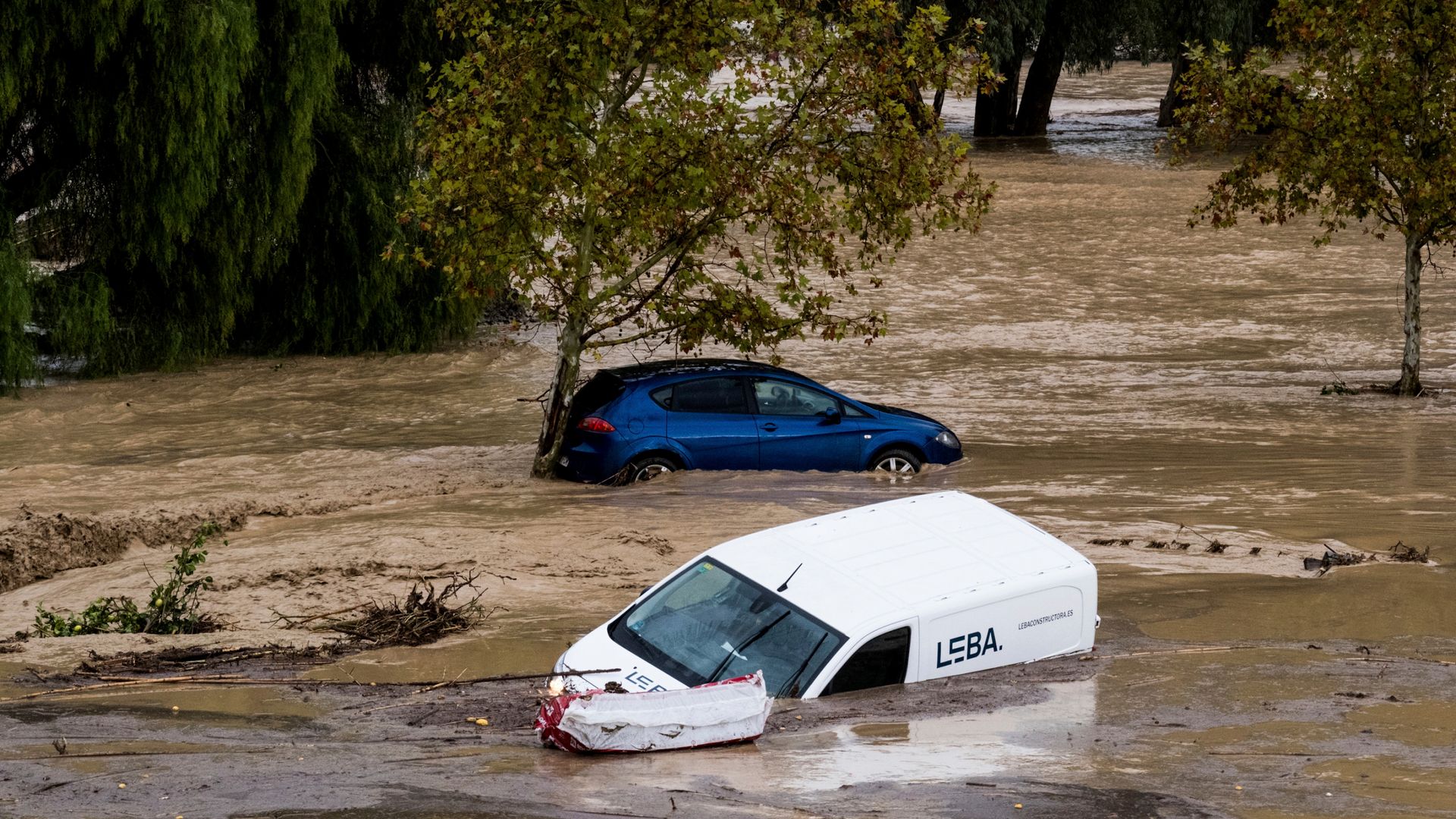
This story was originally published in December 2017.
Winter has swept into the state of Maine with gusto this year, with temperatures dipping into the single digits. With all this cold weather we’ve been having, it can be a bit of a challenge to enjoy the outdoors, but it’s not impossible. If you bundle up right and keep moving, it can be perfectly comfortable outside.
The following are a few way to stay warmer while snowshoeing, skiing, skating or whatever else you like to do outdoors during the winter:
1. Drink water.
While it may seem counterproductive to pour cold water down your throat to stay warm, it actually works. Staying hydrated is key for good blood circulation, and it’s your blood moving through your body that keeps you warm.
2. Try mittens.
If you’ve always been a glove wearer, try wearing mittens. Mittens are usually warmer than gloves because they allow you to keep your fingers together, sharing body heat, rather than separating your fingers and insulating them individually. Also, mittens have more room for hand warmer packets.
3. Wear thick socks and foot warmers in your boots.
Usually it’s the feet that suffer the most during super cold days. Don’t underestimate the power of big wool socks.
4. Protect your face and neck.
It may seem overkill, but if you’re spending a lot of time outdoors, you’ll need to cover up as much skin as possible, and that includes your neck and nose. Try wearing a balaclava or a fleece-lined Buff.
5. Choose your hat wisely.
Not all winter hats are created equally. If you want to wear a knit hat, pick one that’s lined with fleece, which is much warmer than a single layer of knit yarn. And if you’re not opposed to wearing fur, I’ve found that my bomber hat lined with rabbit fur is the warmest hat I own, by far.
6. Invest in good longjohns (also known as a base layer).
You only need one good pair. My favorite long johns are made out of thin merino wool, which isn’t scratchy at all (and I have sensitive skin). They’re made by the company Smartwool. However, I also have a great pair of synthetic long johns made by Patagonia, and those were a bit less expensive.
7. Stay moving.
While I enjoy taking nice long snack breaks while hiking during the summer, it’s a big no-no during the winter. It’s important to take short breaks during cold weather so your body doesn’t cool down too much while you’re immobile. Sometimes I even eat on the go.
8. Regulate your temperature with plenty of layers.
I’m sure you’ve heard it plenty of times before, but I can’t say enough how important it is to dress in layers. Start with long johns, then work your way out with snow pants and a lightweight jacket (I often go with fleece) and a bigger, insulate jacket. Socks, hat and mittens are a part of the whole ensemble, trapping in your body heat.
9. Stay dry.
If you start to noticeably sweat, remove a layer of clothing, whether it’s your hat or mittens or jacket, so you can cool off. Sweating profusely underneath all those layers can be dangerous because once you slow down or stop, that moisture will cool your body down rapidly. Try to stay as dry as possible.
10. Seek shelter.
If it’s a super cold day, consider walking in an evergreen forest rather than out in the open (across a field or frozen lake). In a dense forest, the trees will protect you from the wind, which can make a huge difference in the temperature.
11. Try gaiters.
I don’t mean alligators. Gaiters, if you didn’t know, are pieces of fabric that wrap around your legs, bridging the gap between your boots and pants. They make sure snow (and cold air) doesn’t get into your boots.
Myth: Drinking alcohol will warm you up.
Wrong. While a swig of whiskey can certainly make you feel warmer temporarily, alcohol actually decreases your core body temperature by dilating your blood vessels and pushing blood to the surface of your body (rather than your core). It’s science, so drink responsibly.










